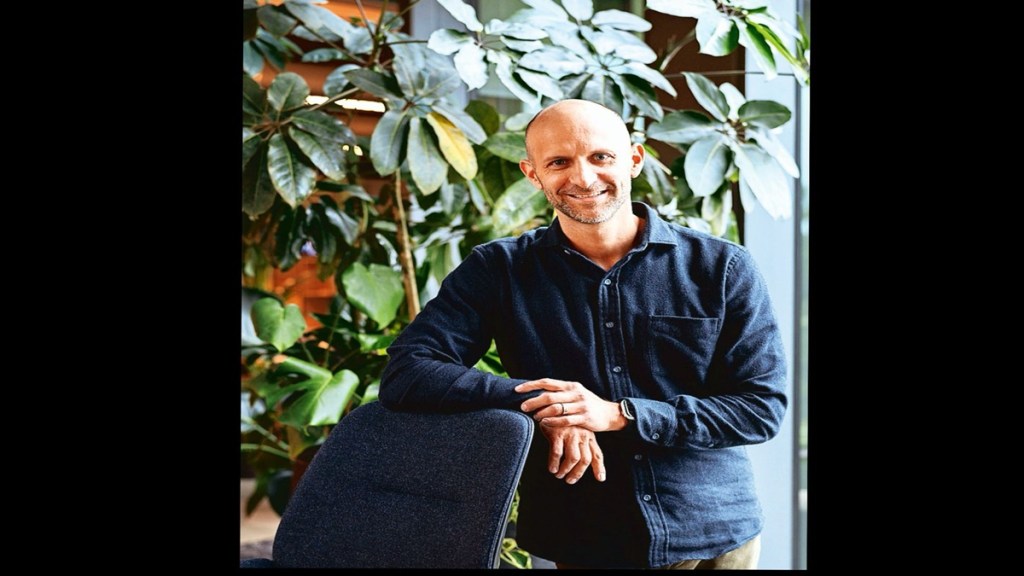AI is changing work, and businesses and professionals are having to adapt. LinkedIn, the world’s largest professional network with more than one billion members in 200-plus countries, has introduced its first AI agent—Hiring Assistant —that’s designed to take on a recruiter’s most repetitive tasks so they can spend time on the most impactful work for their job. In this interview, Erran Berger, vice-president of product engineering at LinkedIn, speaks to Sudhir Chowdhary on how AI is creating new jobs and skills, transforming careers, and spurring productivity and innovation. Excerpts:
What is the impact of agentic AI on HR functions?
AI’s impact is most evident in the HR leaders’ approach to hiring. As nearly 70% of recruiters in India (per a recent LinkedIn report) find it more challenging to find qualified talent for a role over the past year, recruiters are utilising AI to be more effective. By automating some routine tasks like finding candidates and assisting in applicant review, AI agents allow recruiters to focus on high-impact, strategic responsibilities. While recruiters will be able to spend significantly less time on these tasks, they will be in full control throughout the process. This shift enhances operational productivity and has the potential to elevate recruiters’ roles and make them even more pivotal to achieving organisational success. Agents will empower recruiters with more time to build deeper relationships with candidates and hiring managers, fostering a recruitment model that prioritises human connection and candidate experience.
How does LinkedIn use AI?
LinkedIn has a long history of using AI and we have been leveraging AI for many years to help our members and customers, from the launch of the ‘people you may know’ feature over a decade ago to now successfully implementing GenAI across our product suite. The introduction of our first AI agent—Hiring Assistant—builds on this history, with a strong human-centric approach at the core. This approach allows us to harness AI to drive efficiency, while maintaining our focus on enhancing the recruiter’s experience and keeping them at the centre of the process.
How does it benefit recruiters?
Hiring Assistant is designed to handle a recruiter’s most repetitive tasks—intake, sourcing, outreach, and screening—allowing recruiters to focus on high-impact activities. By leveraging LinkedIn’s vast Economic Graph and LLM-powered reasoning, the assistant identifies qualified candidates, refines job descriptions, and automates communications. Importantly, recruiters remain in full control, supervising AI-driven processes and providing feedback on candidates throughout the entire process, while benefiting from increased speed.
What we are really excited about is that our AI agent will continue to help with skills-based hiring by providing candidate recommendations based on skills, as opposed to traditional proxies like where someone went to school or previous employers. Hiring Assistant is available today to LinkedIn’s own recruiters and is currently in testing with a select group of customers in Australia, Brazil, Canada, India, Mexico, Singapore and the United States. We’ll roll it out to more customers globally over the coming months.
Any ethical concerns that need to be addressed?
We adhere to our Responsible AI Principles to ensure AI-driven hiring tools are fair, transparent, and unbiased. Our human-centric approach ensures that AI agents work under human supervision, escalating tasks when necessary and incorporating user feedback to improve over time. Features like experiential memory allow hiring assistants to personalise workflows while maintaining accountability. AI hiring tools also help with skills-based hiring by providing candidate recommendations based on skills, as opposed to traditional proxies like where someone went to school or previous employers.
